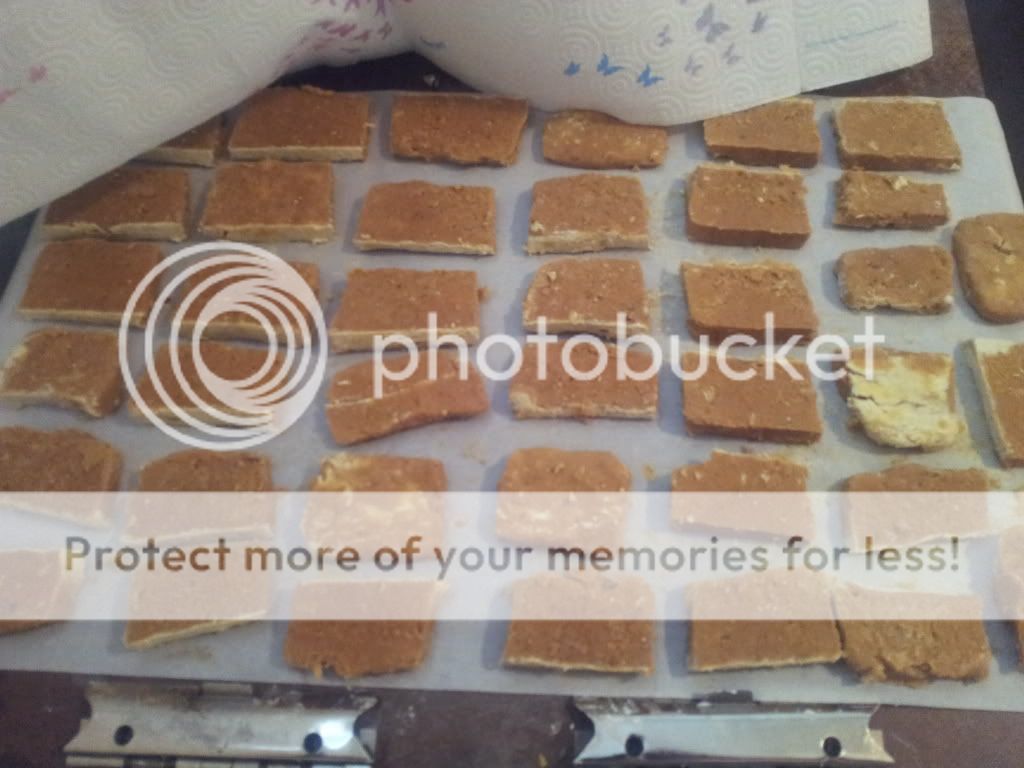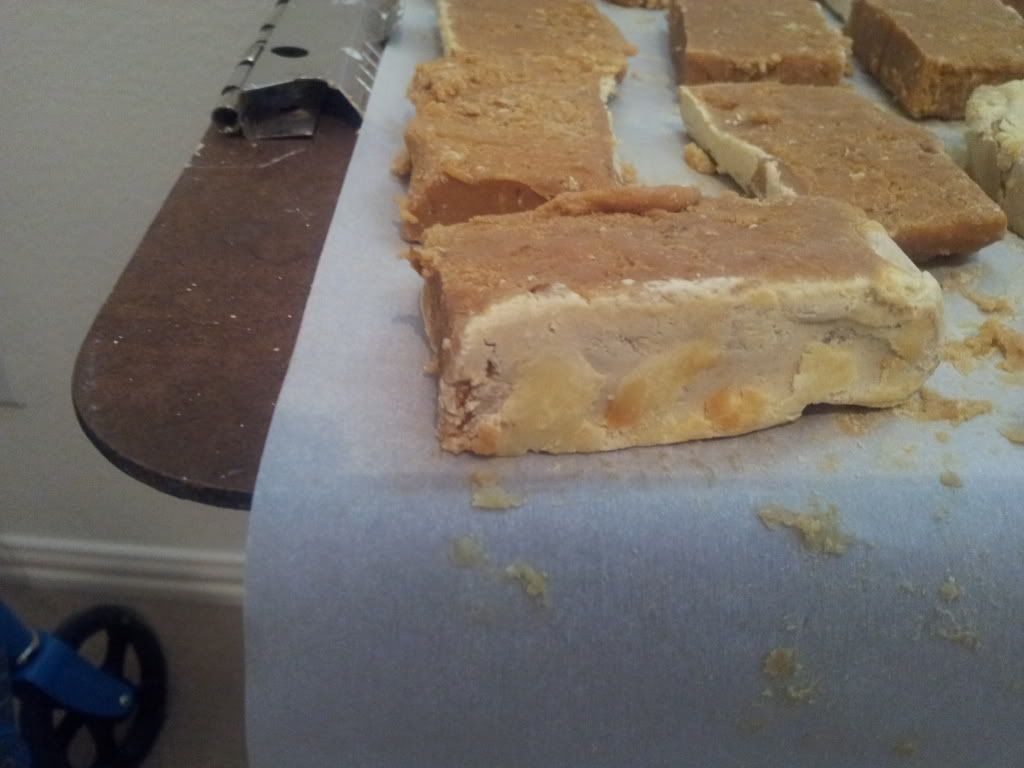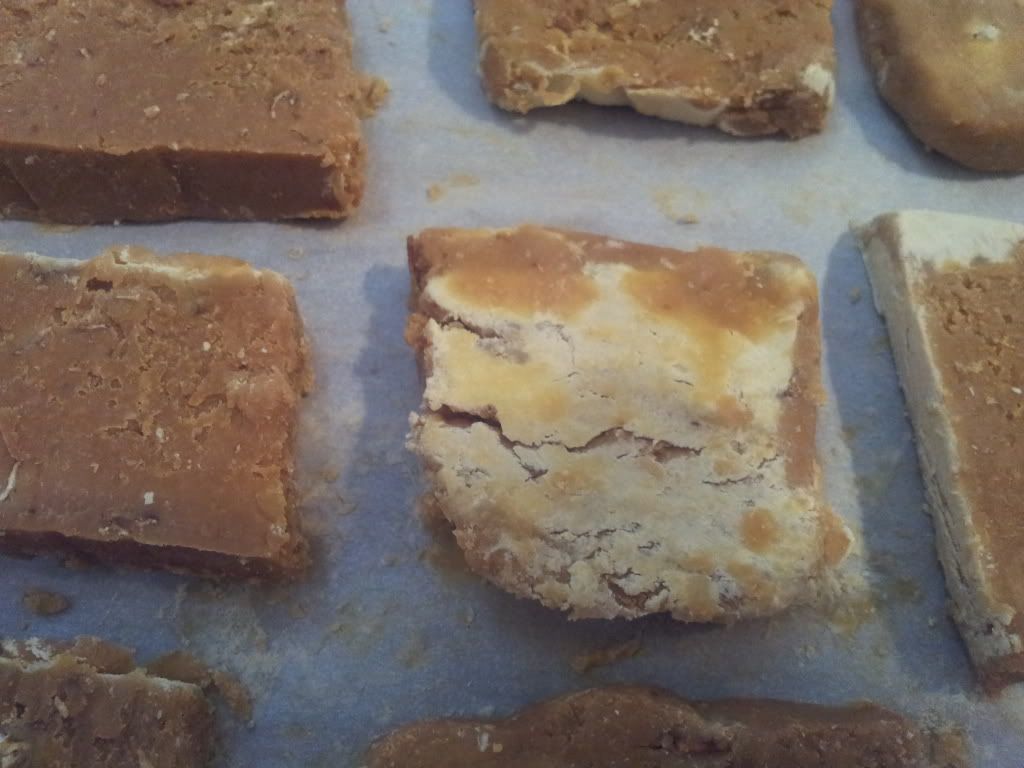That does sound like inadequate saponification and probably from too much heat lost if you had to stir it for several hours. The soap gets too cool, the coconut starts to solidify and it looks like trace (false trace). It's happened to me several times when I've blended at a low temp - around 100 F. You can rebatch it and then stir really well to incorporate the white layer. It should turn out fine. If you're not sure about rebatching, are a couple of links about rebatching. However, you probably won't have to add water since you just made your batch. I don't add extra water if the batch is only a few days old. I rebatch in a double boiler. I cut the soap into small pieces, cover tightly and let the soap simmer for about 1.5 - 2 hours. Usually by this time, the soap will look translucent and then I stir thoroughly to mix well. Then I quickly glop it into a mold.
.
http://candleandsoap.about.com/od/soapmakingbasics/ss/rebatchingsoap.htm
http://soapmakingforum.com/viewtopic.php?f=1&t=28489
When I first started making CP, I found Kathy Miller's trouble shooting info very helpful.
http://millersoap.com/trouble.html Actually, I found almost the entire site helpful.

It's a great resource.











 It's a great resource.
It's a great resource.